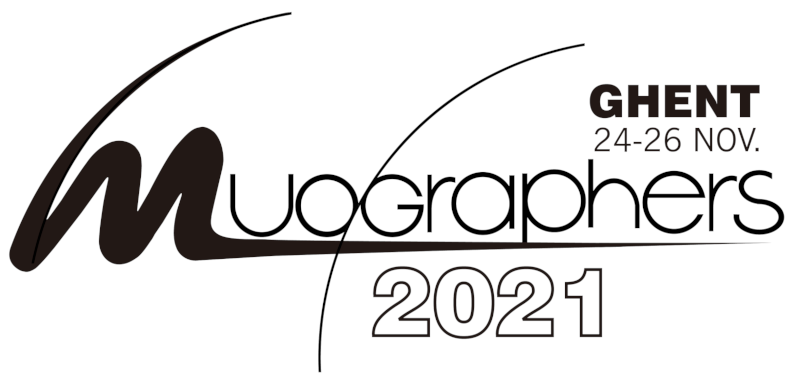Speaker
Description
We plan to build a prototype muon tomography system for material identification utilizing multiple Coulomb scattering suffered by cosmic ray muons while passing through a matter. The resultant deflection from the original trajectory can be represented by a Gaussian distribution dependent on several physical properties of the matter (density $\rho$, atomic number $Z$) and also the muon momentum. Thus, the measurement of the scattering angle by tracking the pre and post-interaction muon trajectories enables one to identify the material. The tracking of the muons can be accomplished with multiple position-sensitive detectors placed along the direction of the muons which facilitate the reconstruction of the trajectories using the 2D position data obtained from each of them.
We plan to use RPCs for tracking muons due to their reasonable position and time resolution. An inexpensive novel multi-parameter readout scheme has been developed for collecting position data from the RPCs and subsequent track reconstruction [1]. An 8-channel ultra-fast front-end preamplifier discriminator chip NINO has been used to obtain Time-Over-Threshold (TOT) outputs corresponding to the current signals induced on the readout strips of the RPC due to a muon event. Each NINO chip provides 8 pairs of LVDS signals which are suitable for low-power, high-speed transmission with better noise immunity. For parallel post-processing and to take advantage of this LVDS scheme, we have used an FPGA development board with ALTERA MAX 10 which can directly acquire LVDS analog signals using a PLL-controlled clock (500 MHz max) for sampling. This has led us to achieve 2 ns resolution for signal acquisition. The FPGA has been programmed to transfer the acquired data to the computer using UART protocol. The data for muon events as collected by a single NINO board followed by the FPGA have been analysed to estimate the position information and used for determining the efficiency of the RPC in muon detection in comparison to plastic scintillator. We plan to operate a Bakelite-RPC of dimension 30cm x 30 cm equipped with two orthogonal panels of readout strips of width 1 cm and pitch 1.2 cm for producing image of a lead block from the muon hits as acquired by the present readout scheme to examine its efficacy for implementing in building up the readout electronics of the full prototype tomography system.
Reference:
[1] S. Tripathy et al., Precise tracking of cosmic muons using the Time-over-Threshold property of NINO ASICs, Journal of Instrumentation 15 (2020) C11013.
